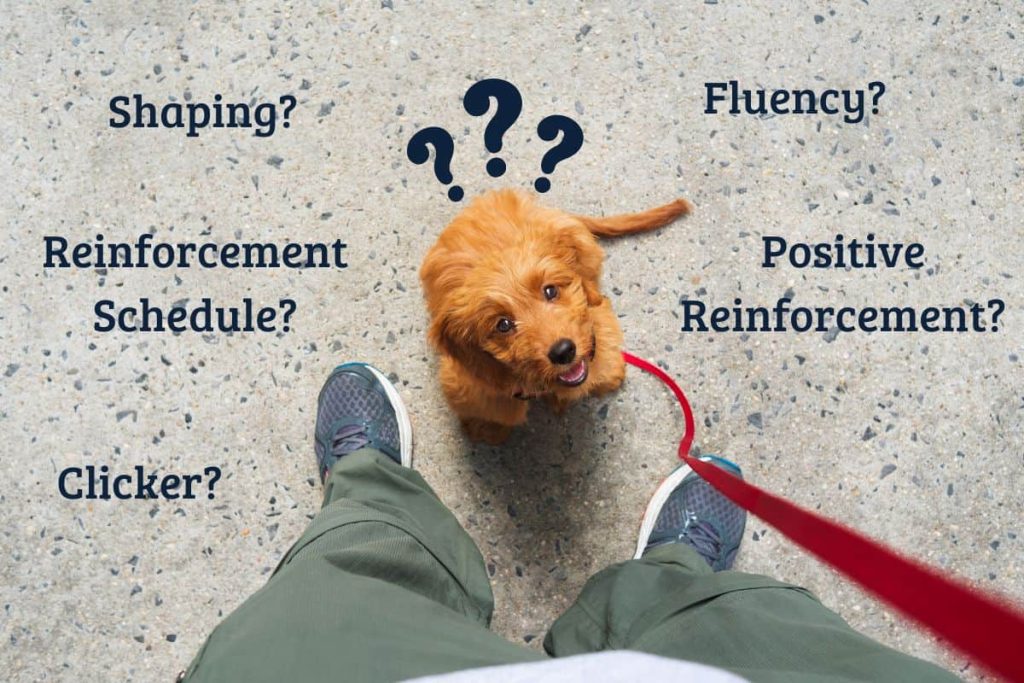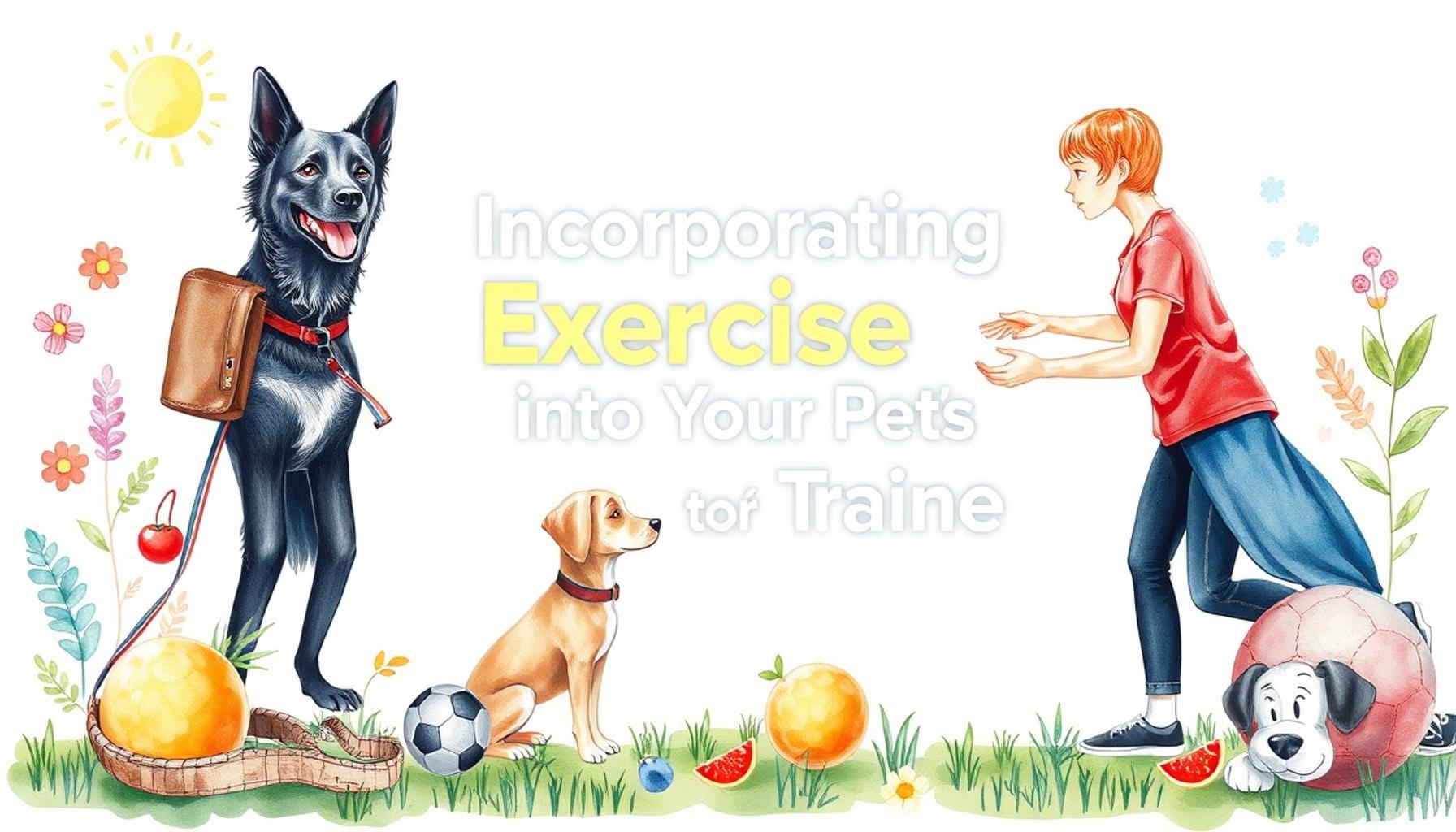Understanding Canine Body Language: Key to Effective Training

Understanding Canine Body Language
Decoding the language of our canine companions is not merely an exercise in observation; it is an essential skill for any dog owner aiming to nurture a fulfilling relationship with their pet. Dogs, as social animals, communicate not only through vocalizations but primarily through their body language. This silent dialogue can reveal a plethora of emotions, from joy to anxiety, and recognizing these cues can enrich the interaction between human and dog.
Enhancing Communication allows dog owners to become attuned to their pets. For example, a wagging tail does not always signify happiness; the speed and direction of the wag can alter its meaning. A fast wagging tail coupled with a stiff body may indicate excitement but can also express a degree of nervousness. Understanding such nuances allows pet owners to respond appropriately, fostering a more meaningful connection.
Improving Training Outcomes hinges on this understanding. For instance, a dog that exhibits signs of stress—like lip licking or yawning during training—may not be ready to learn new commands. In these instances, taking a step back and providing reassurance can lead to a more effective training session. Positive reinforcement techniques, which reward desired behaviors, can be more successful when coupled with an understanding of a dog’s emotional state.
Building Trust extends beyond effective communication and training. When dogs feel that their human counterparts comprehend their needs and emotions, their trust deepens. For example, if a dog shows fear when meeting new people, a gentle approach accompanied by calming words can help the dog feel safe, reinforcing the bond of trust.
Common Indicators of Canine Body Language
When contemplating canine body language, several indicators can provide insight into your dog’s emotional landscape:

- Tail Position: While a high, wagging tail generally denotes happiness, a low or tucked tail could signal insecurity or fear. The position of the tail can serve as a barometer for a dog’s emotional state.
- Ears Position: Erect ears often indicate that a dog is engaged and aware of their surroundings, while ears pinned back can suggest discomfort or anxiety. Observing ear movements can aid in understanding how a dog is feeling in various situations.
- Body Posture: A relaxed posture, where the dog’s body appears loose and the tail is down, signifies comfort. Conversely, a stiff body may indicate fear or aggression. Learning to identify these differences can be pivotal when assessing a dog’s behavior.
By tuning into these signals and fostering an environment rich in understanding, dog owners can create a more harmonious and effective training atmosphere. The journey of understanding canine body language not only leads to improved behavior but also contributes to the overall happiness of the dog, resulting in a more satisfying relationship between pet and owner.
DISCOVER: Click here for essential training tips
Decoding the Signals
To truly grasp the intricacies of canine communication, it is imperative to delve deeper into the signals that our furry friends emit daily. Understanding these signals not only enhances our ability to connect with our dogs but also transforms the training process into a more cooperative and effective experience. Every leash tug, tail wag, and bark encapsulates a message waiting to be interpreted. Let’s explore some critical aspects of canine body language that can elevate your approach to training.
The Role of Tail Movements
One of the most common misconceptions among dog owners is the meaning of a wagging tail. While many interpret this as a definitive sign of enthusiasm and joy, the reality is far more complex. A dog’s tail can express a variety of emotions based on its position and movement. Here are some points to consider when observing tail behavior:
- Low and slow wag: This can indicate a dog that is feeling submissive or unsure of its surroundings.
- High and fast wag: Often associated with excitement, but can also indicate agitation if combined with other tense body language.
- Tucked tail: A clear sign of fear or anxiety, often signaling that the dog feels threatened.
Being aware of these different tail signals allows pet owners to assess their dog’s comfort level in various situations, helping to create a training context that is both productive and stress-free.
Ears: The Sensitive Sentries
Ears are another pivotal aspect of canine body language, acting as the dog’s auditory radar and emotional indicator. Various ear positions can reveal a wealth of information about a dog’s mental state:
- Erect ears: Eagerness or alertness is often indicated by ears standing tall and forward.
- Ears pulled back: This position typically denotes submission or fear, particularly when combined with body language such as avoiding eye contact.
- Side-facing ears: When a dog’s ears are relaxed and turned to the side, it suggests a state of comfort or enjoyment.
By interpreting these ear cues correctly, dog owners can better gauge their pet’s reactions to stimuli, thereby adjusting their training methods to align with the dog’s emotional state.
Understanding Posture and Its Implications
Another critical element in decoding canine body language is the dog’s posture. Subtle shifts in how a dog carries its body can indicate its mood and readiness to engage. Here are some common postures to look out for:
- Relaxed and loose body: This posture reflects a happy and comfortable dog, ready to interact.
- Tense or stiff body: This demeanor can point to discomfort or defensiveness, signaling that the dog may be feeling threatened.
- Play bow: With front legs bent and back end raised, this invitation signifies that the dog is ready to engage in play, indicating a positive mood.
Recognizing these subtle yet telling postures can dramatically improve a dog’s training experience, ensuring sessions remain enjoyable rather than stressful.
As we gain a better understanding of canine body language, we not only equip ourselves with the tools necessary for effective training but also pave the way for a deeper, more meaningful bond with our dogs. The journey to becoming fluent in this silent communication is an essential step for every dog owner committed to raising a well-adjusted, happy canine companion.
To effectively train dogs, understanding their body language is paramount. Just like humans communicate through words, dogs express their feelings and intentions through various physical signals. Recognizing these cues can enhance the training process, creating a more harmonious relationship between the dog and trainer.A common misconception is that barking is the primary mode of communication for dogs. In reality, much of their communication stems from their body posture, tail position, and ear movement. For instance, a dog that stands tall with its tail up is likely feeling confident and assertive, whereas a dog with a tucked tail and lowered body may be feeling fearful or submissive. Recognizing these signals enables trainers to adjust their methods accordingly, ensuring a more tailored approach to each individual dog’s needs.Another crucial aspect of understanding canine body language is the dog’s facial expressions. For instance, when a dog’s mouth is closed but relaxed, they are often feeling calm. However, a tight mouth or bared teeth can indicate discomfort or aggression. This nuanced understanding allows trainers to intercept potential issues and adapt their training techniques proactively.Moreover, learning to read a dog’s body language not only benefits trainers but also promotes an environment of mutual respect and trust between the dog and handler. Establishing this connection can lead to more effective training sessions, as the dog becomes more responsive and engaged. Therefore, equipping oneself with the knowledge of canine body language is as crucial as the tools and techniques employed during training sessions.Incorporating this understanding can significantly reduce instances of miscommunication, leading to stronger bonds with our canine companions. Embracing the nuances of canine communication unveils a path to effective training, transforming not just the trainer’s approach, but enhancing the overall experience for the dog as well. As trainers become more adept at interpreting these signals, they unlock the potential for more productive and enjoyable training experiences.
DIVE DEEPER: Click here to learn more
Facial Expressions: The Window to Their Soul
Just as humans convey a wealth of information through facial expressions, dogs are no different. Their faces serve as a critical barometer of emotion, providing insight into their current feelings and states of mind. Being cognizant of these cues can significantly enhance your training sessions.
The Importance of Eye Contact
Eyes can be incredibly expressive in the canine world. The way a dog uses its eyes can communicate various emotions ranging from comfort to aggression:
- Soft eyes: A relaxed and open expression often indicates a dog that feels safe and comfortable.
- Direct stare: While direct eye contact can signify confidence, it can also be perceived as a challenge or threat, particularly if the dog is tense.
- Squinted eyes: This expression often suggests submission or a plea for peace, indicating that the dog wishes to avoid conflict.
Understanding the nuances of canine eye contact allows trainers to gauge their dog’s readiness to engage or withdraw, thus tailoring their approach for optimal results.
The Significance of Mouth Movements
The dog’s mouth forms another layer of expression that should not be overlooked. A dog’s mouth position can often help decipher what it may be feeling:
- Relaxed mouth: A dog with a slightly open mouth and relaxed lips usually indicates happiness or a state of calm.
- Closed mouth: A tense or closed mouth may suggest discomfort, fear, or unease, particularly in conjunction with other body language clues.
- Yawning: Often misconstrued, yawning can be a sign of stress, as dogs may yawn to relieve anxiety rather than simply being tired.
By observing these subtle mouth movements, dog owners can better understand when their pets may be ready to learn or when they need a break.
Understanding the Growl: A Complex Communication
While many dog owners fear growling, it is essential to recognize that this vocalization often serves as a form of communication rather than just a warning. Growls can have different meanings based on the context, tone, and accompanying body language:
- Playful growl: Typically higher-pitched, this type of growl indicates excitement and eagerness to engage in play.
- Warning growl: A low, guttural growl often serves as a signal that the dog feels threatened and wishes to keep its distance.
- Pain growl: A sudden, sharp growl may indicate that the dog is experiencing discomfort or fear, signaling that immediate attention may be needed.
Understanding the nuances of a dog’s growl can help owners respond more appropriately, either escalating playtime or providing comfort when needed.
The Importance of Comprehensive Observation
In grasping canine body language, it is crucial to take into account the entirety of the dog’s behavior in various situations. No single cue should be assessed in isolation; instead, it becomes vital to analyze a combination of body language signals—from tail wags to facial expressions—to form an accurate understanding of what a dog is attempting to communicate. This holistic approach not only fosters a more profound bond between pet and owner but also helps in creating an environment conducive to effective training.
Through active observation and interpretation of these diverse expressions, owners equip themselves with invaluable insights that can significantly enhance training outcomes. As you deepen your understanding of canine body language, you invite mutual respect, trust, and cooperation into your dog’s training journey.
DON’T MISS OUT: Click here to learn more
Conclusion: The Path to Enhanced Training Through Understanding
In the intricate world of canine communication, observing and interpreting body language is not just a useful skill, but a vital part of effective dog training. By tuning into the rich tapestry of signals—ranging from facial expressions to vocalizations—dog owners can establish a deeper understanding and bond with their pets. This awareness transforms training sessions, allowing for a more responsive and engaging environment that fosters trust and cooperation.
The ability to interpret a dog’s eyes and mouth movements—whether they convey calmness, anxiety, or aggression—equips owners to respond appropriately, ensuring that they nurture their canine companions rather than inadvertently escalating stress. Both verbal and non-verbal cues, including the often-misunderstood growls, provide crucial insights into a dog’s emotional state and intentions. By recognizing that these sounds signify communication rather than mere threats, owners can better navigate interactions, ensuring a harmonious relationship.
Ultimately, by adopting a holistic approach that considers the full range of a dog’s body language, pet owners can promote an atmosphere that encourages learning and growth. This comprehensive understanding not only enriches training practices but also cultivates a lifelong partnership based on respect and love. For those embarking on the rewarding journey of dog ownership, mastering the art of interpreting canine body language promises one of the most profound discoveries—creating a connection that transcends words.


